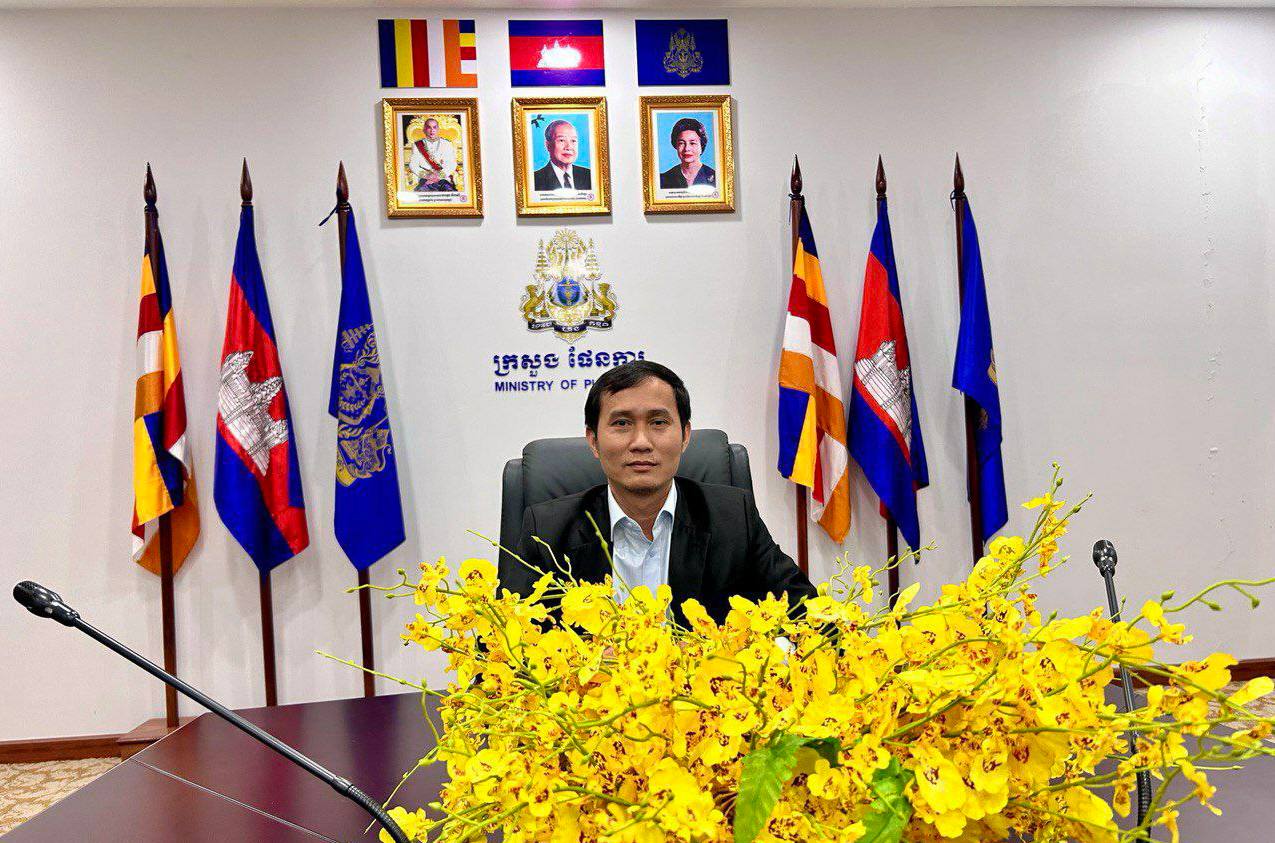SUMMARY OF THE CAMBODIAN STATISTICS MASTER PLAN
1. The attached Statistical Master Plan (SMP) sets out a long-term, prioritised plan for Cambodia’s national statistical system (NSS) for the period 2006 to 2015. The statistical activities outlined in the SMP and related financing and technical requirements have been agreed, through extensive consultations, between line ministries and institutions and their development partners.
2. In order to implement the development vision set out in the Rectangular Strategy, the Royal Government of Cambodia (RGC) and its bilateral and multilateral development partners have prepared a single planning document, the National Strategic Development Plan (NSDP), for the period 2006–2010. The NSDP draws together the Cambodia Millennium Development Goals (CMDG), the Socio-Economic Development Plan 2001–2005, the National Poverty Reduction Strategy 2003–2005 (NPRS), the Governance Action Plan (including the National Public Administration Reform), and the Public Financial Management Reforms. The NSDP mandates the monitoring and reporting of the progress of priority activities laid out in the NSDP, and this requires timely and reliable official statistics that are accessible to those who have stakes in the NSDP. Financing of the implementation of the statistical activities outlined in the SMP is essential in order to produce the statistics needed for NSDP monitoring.
3. The SMP covers the whole of the NSS, including the National Institute of Statistics (NIS), statistical units in line ministries, and the National Bank of Cambodia (NBC). The Plan builds on earlier work done by the NIS, including the preparation of a Five Year Strategic Plan and a Five Year Forward Work Programme. The Plan also draws on the work done at the Partnerships in Statistical Capacity Building Workshop hosted by the MOP and the Ministry of Economy and Finance (MEF) in October 2002, where a large number of priority statistical projects were proposed by various Ministries, NBC and NIS. The SMP provides the strategic long-term view and long-term financing plan needed for planning statistical activities (which have long planning horizons and often take place over several years).
4. The highest priority for the NSS is to maintain existing economic and socio-demographic statistics, and to improve their quality and timeliness. Additional statistical activities are included as high priority in order to improve quality and fill gaps in the priority outputs in order to meet the data requirements to measure NSDP development indicators. Refer to Annexes 3 and 4 of the SMP for the list of core development indicators.
5. Priority statistics include: compilation of the annual and quarterly National Accounts; the expanded Consumer Price Index; producer and agricultural commodity price indices; indices of agricultural and industrial production and of retail sales; and labour force statistics and a labour costs index. Also included are: agricultural production statistics and crops, livestock and fisheries statistics; education, health, labour market and tourism statistics; poverty statistics; demographic statistics; and measures of access to basic facilities.
6. As shown in the attached table, the current financing gap for priority activities is USD 32.6 million over the ten year SMP period. Total direct costs over the period are estimated to be USD 44.1 million—so the funding gap is about 74 percent of total requirements. The total of USD 44.1 million includes USD 13.8 million for the censuses of population and housing, agriculture sector and business establishments. It also includes some USD 12.2 million for surveys of households (on income and expenditure, health, demographic, labour force and other subjects) and of establishments, and demography statistics. These activities have relied on external funding in the past.
7. The estimated RGC statistics budget for priority activities in 2005 is USD 0.6 million. It is suggested that RGC funding for priority statistical activities increase by 10 percentage points of the financing gap a year over the period to 100 percent by 2015. Under this profile, RGC funding for priority statistical activities would increase to USD 3.7 million a year by 2015 (at 2005 constant prices). If all the non-priority activities are included, some USD 5.2 million a year (at 2005 constant prices) would be required. Refer to Annex 5 of the SMP for further details. By comparison, the 2005 government budget allocations for statistics is USD 11 million for Vietnam, USD 15 million for Thailand, and USD 30 million for Malaysia. Over the period covered by the SMP, external assistance could increasingly focus on further developments, improvements and new activities not covered by the current priority list.
8. The Census programme outlined is for a Population census in 2008, Agricultural census in 2009 and an Establishments survey in 2007. Household surveys should be based on a continuous household survey programme approach. Large occasional surveys will be integrated into this framework, with larger sample sizes and detailed questionnaires as before (to maintain comparability over time in Cambodia, and internationally with other countries).
9. Statistical capacity development will continue to be highly reliant on external inputs of technical assistance. The key component of statistical capacity building is training. But training inputs have to be coordinated to meet the overall objectives of development of the capacity of the NSS rather than being delivered in a piecemeal manner. On-the-job training is an important component to augment and consolidate formal training. Management training must be provided as well as technical statistical training.
10. The new Statistics Law provides consultation and cooperation mechanisms to develop the NSS. Priority statistical activities can be established through these mechanisms. These will enable statistical standards, classification systems and methodologies to be developed and updated consistently across all Cambodian official statistics.



